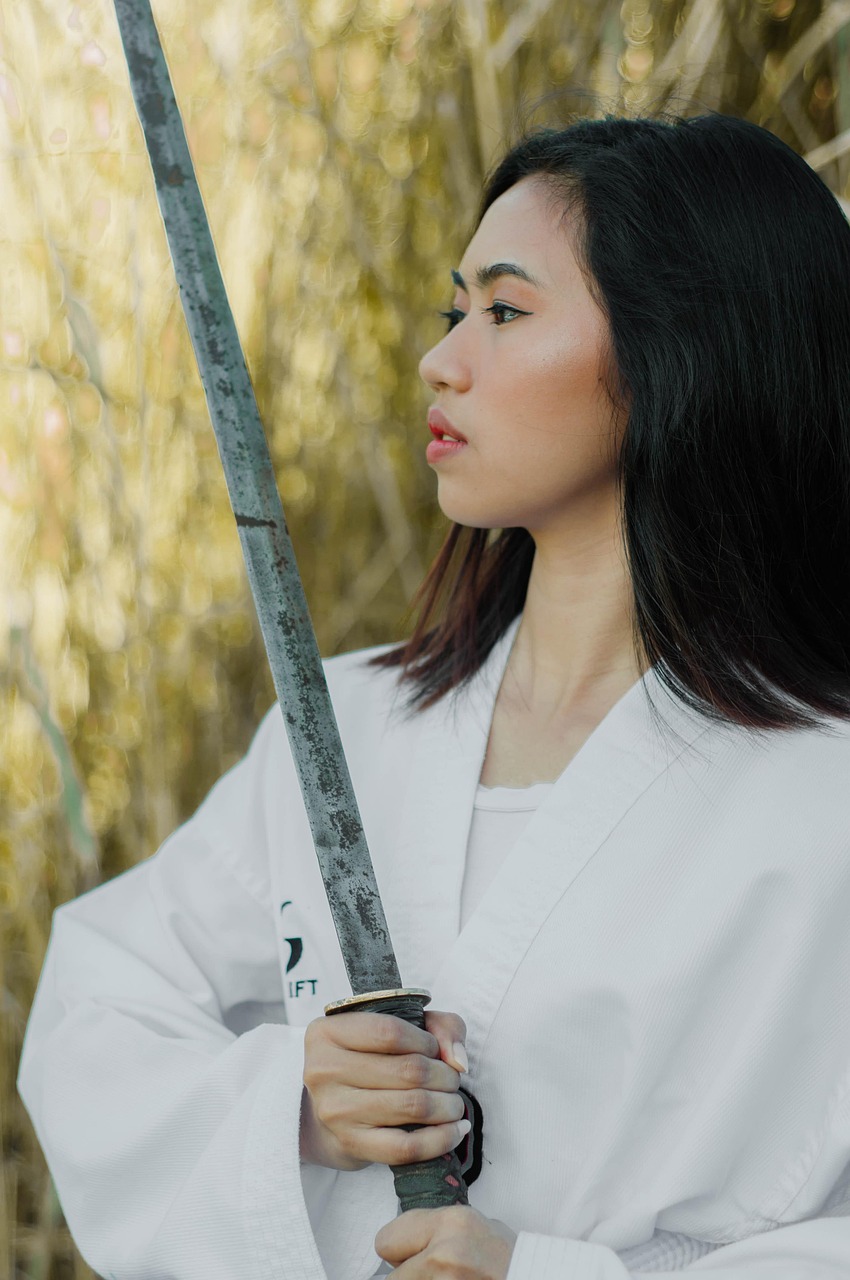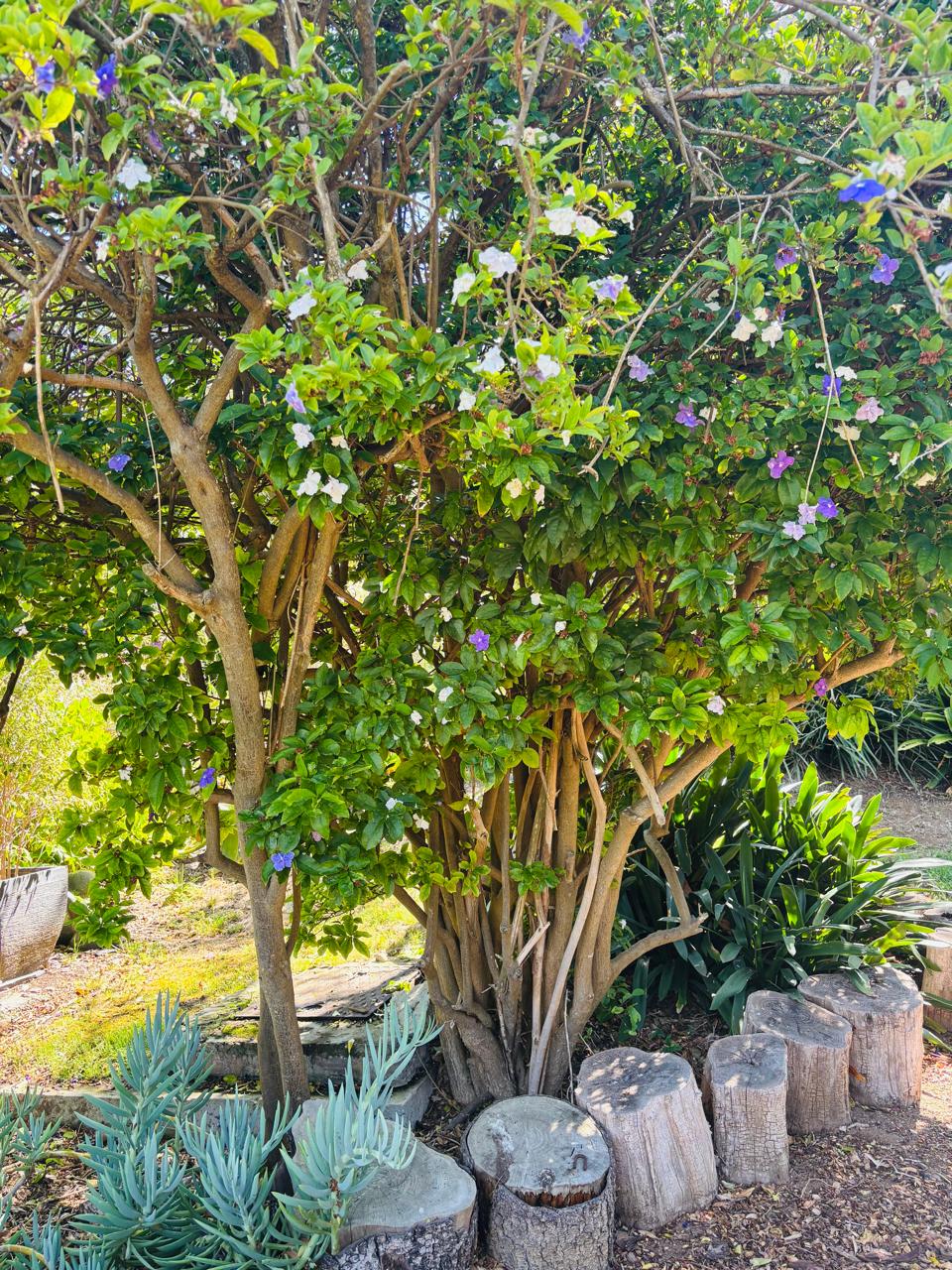With the night the silence came
That gave way to soloist
This is why all the practice
To enjoy the openness and connection to the audience of birds, tourists and locals
Those who focus to listen and those who want to be present and are able to eat
From what he were when he started through constant evolving and reinterpretations
Becoming the one on the spotlight
From playing in the light and loosing itself in the sum of other sounds
To breaking through in the stillness under full moon light.
Too many sounds to hear the melody right.
Slowly settling in,
Quieting down
Being able to hear the solo clearly.
The gentleness emerging through, no less powerful, yet coming through, continuously playing on.
Dark was coming
In the dusk the screen projection was becoming more visible
Both the real with more spotlight and the projection becoming more visible because of the dimming of the light.
There is more to see in the darkness
Too afraid to look within
So uncomfortable you would leave the concert without hearing the final song
Go speak up, don’t give in to shyness sneaking in your belly and driving you away.
Stay there, don’t run if best is yet to come.
It’s real, it’s disturbing, the audience says shhh and says go out
Even that witnessing being so uncomfortable you would really leave
And miss the beauty that came at the end
What’s with curiosity to know what it was that disturbed that solo in the night
Under the spotlight of a full moon shining on the conflict so bright.
That moment is gone and what exactly happened will stay unknown,
The last song was beautiful and the persistence evenmore.
The wild dogs were chasing a pray
Under the light of the moon
And we were chasing wild dogs
Following the movement of going after and stopping after failing to get the pray.
Regathering, slowing down
Drinking water infused with reflection of the moon.
Resetting, accumulating, accelerating.
New pray, run again.
Returning home in anticipation of cosines and shelter,
With the spotlight we became aware
Of the life of a Leopard
Moving unbothered with the light that we were shining
At the bottom of the mountains.
He moves with grace and elegance
Creating magic beauty
With laser focus, taking time
moving on and not forgotten.
In the silence all echoes more,
The stillness interrupted gives fright for the unseen, unexpected
until you feel safe enough to be afraid and then you might not scream anymore
you might see the lion facing you
and your courage will keep you there
for this marvelous encounter.
I needed my sister to love this man and stand in the middle of the night up in the room we were sharing,
To marvel the moon that made her moonstruck
And my gaze following her hypnotic state
To see the magic of the full bright circle
Casting shadows even at night,
Showing the invisible paths on any other night.
For the star light is never so bright to show as much as moonlight.
They were hunting at night or time before
Now resting in savannah
Their footprints led us there
To circles they have left behind
From starting to completion.
In the silence there is gratitude for all
The gratitude for gift of being here and more before merging back into circle.
It was dormant
Like a sleeping beauty
Being caught in thorns, closed
With a fading memory of being alive.
Then one day all that was dreamt was dreamt
All that needed to be still within rested
The rose planted in the garden blossomed slowly in deep magenta colour
With softness and thorns together.
Then it stopped the blossom and grew a bit more.
Her name is Granny’s pride and she flowers in the garden.
And so you are back.
From the mystery of the dark you dared to be alive again
To feel the breath,
Sharing it with Earth,
Become one with the morning sound of birds,
Reach with your arm under the fresh flow of water,
Feeling the flares of the evening fire warming you up,
Holding a doorhandle and open with determination,
To celebrate life.








 With warmth, Be
With warmth, Be

